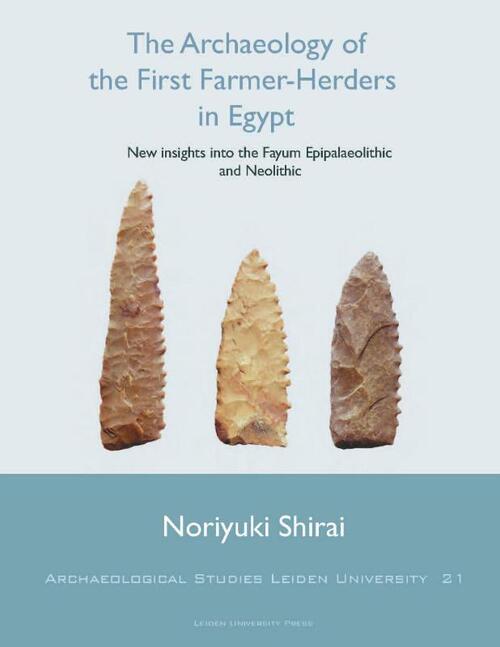55.00
Op werkdagen voor 16:00 uur besteld, volgende dag thuisbezorgd.
Noriyuki Shirai's onderzoek naar lithische artefacten die werden gebruikt door Epipalaeolitische jagers-vissers en Neolitische boeren-herders in de Fayum verschaft inzicht in de mobiliteit van het Fayum-volk en hun investeringen in de productie van gereedschappen.Lithisch bewijs, zo toont Shirai aan, suggereert dat het Fayum-volk niet nomadisch was, maar zich voor hun leefgebied vooral beperkten tot de oevers van meren.
The Archaeology of the First Farmer-Herders in Egypt explores how and why farming and herding started in the Fayum, which is a large oasis with a permanent lake in the Egyptian Western Desert. Noriyuki Shirai's research on lithic artefacts used by the Epipalaeolithic hunter-fishers and Neolithic famer-herders in the Fayum gives a clue as to the mobility and residential strategy of the Fayum people and their time and labour investments in tool production. The Neolitic famer-herders ( 6th C.B.C.E.) relied heavily on hunting and fishing, which had been the major subsistence activities since the Epipalaeolithic period. Lithic evidence, as Shirai proves, suggests that the Fayum people were not nomadic but were tethered to lakeshores.
Archaeological Studies Leiden University (ASLU) is a series of the Faculty of Archaeology, Leiden University since 1998. The series' aim is to publish Research and PhD theses of Archaeology and covers the international research fields of European Prehistory, Classical-, Near Eastern- Indian American- and Science-based Archaeology.
Archaeological Studies Leiden University (ASLU) is a series of the Faculty of Archaeology, Leiden University since 1998. The series' aim is to publish Research and PhD theses of Archaeology and covers the international research fields of European Prehistory, Classical-, Near Eastern- Indian American- and Science-based Archaeology.

- : N. Shirai
- : Leiden University Press
- : 9789087280796
- : Engels
- : Paperback
- : 402
- : april 2010
- : 1064
- : 273 x 209 x 25 mm.
- : Archeological Studies Leiden University
